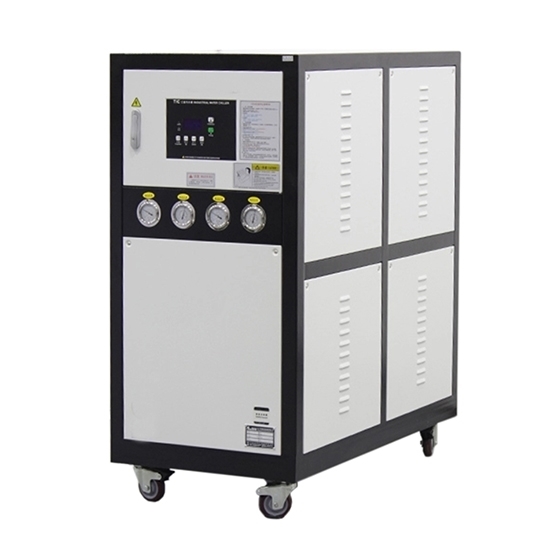Use of energy management practices can significantly reduce operating costs, especially during off-peak modes of operation. Demand limiting and chilled water temperature reset are two techniques for accomplishing efficient energy management.
Chilled Water Reset

Chilled water reset means to change the chilled-water temperature leaving the chiller based on some parameter. Increasing the leaving chilled-water temperature reduces compressor power usage by reducing lift at both full and part-load conditions. However, at part-load conditions, design water chiller suction temperature may not be necessary, especially for comfort cooling applications, so reset is possible. However, increasing the chilled water temperature may result in greater humidity levels in the conditioned spaces. Higher coil temperatures resulting from the increased chilled water temperature will reduce the latent heat capacity of the coils and the ability of the air distribution system to remove space humidity.
Chilled water temperature can be reset as a function of:
- Ambient air temperature(most common) used when the ambient temperature is the best indication of load.
- Return chilled water temperature used when return water temperature is the best indication of load. This method is typically used when it is desired to maintain a fixed at in the chiller plant.
- Temperature within the building used when space temperature is the best indication of load on the chiller. This is used when there are critical areas in a building such as labs that might require a specific temperature be maintained. Reset doesn’t always mean an increase in water temperature.
Demand Limit and Duty Cycling
Demand limit is a feature that limits the unit capacity during periods of peak energy usage. When a utility company’s demand for electricity exceeds a certain level, users are charged extra money called demand charges. To avoid these charges, loads in the building are limited to keep demand below a prescribed maximum level. Demand limiting may be desirable on hot days when air conditioning is most needed. Demand may be limited on the water chiller by increasing the chilled water temperature or by unloading the chiller regardless of actual load to a predetermined percentage of the current draw which is an indication of load. This may result in temporary increased building or process temperatures if the actual load is greater than the demand limited capacity that the chiller can provide.
Duty cycling will cycle selected electrical equipment in an installation (building, factory, etc.) at regular intervals to limit the electrical demand, thereby lowering demand charges. However,duty cycling is not recommended because constant cycling will cause increased stress and damage to the motor windings, bearing, and controls.
